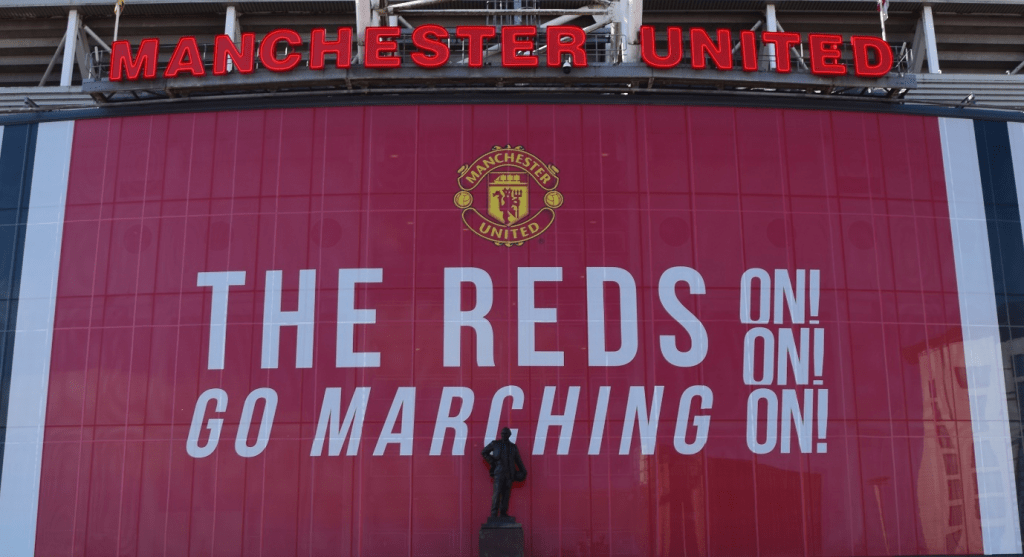
Canada Appeals for International Firefighting Aid
June 09, 2025: Canada has issued an international appeal for firefighting support as wildfires intensify across multiple provinces

August 18, 2022: -On Wednesday, English soccer club shares of Manchester United increased by nearly 17% in premarket trading following Tesla CEO Elon Musk jokingly tweeted that he would buy the club.
“Also, I’m buying Manchester United. Your welcome,” the billionaire wrote on Twitter. Musk responded to a Twitter user to ask if he was serious about buying the club and explained that it was just a joke.
“No, this is a long-running joke on Twitter. I’m not purchasing any sports teams, Although, if it were any team, it would be Man U. They were my fav team as a kid,” he tweeted.
Manchester United shares, traded under the abbreviation MANU on the New York Stock Exchange, were increased up to 3.68% in premarket trading as of 4:30 a.m. ET, diminishing returns after originally increasing 17% after the tweet.
Based on the company’s most recent stock market valuation, purchasing Manchester United would have cost Musk almost $2 billion.
Musk’s initial tweet prompted a widespread reaction, gained more than 573 000 likes and was retweeted more than 140 000 times at the time of writing. Manchester United fans responded surprised yet hopeful, as many have blamed the club’s current owners, the American Glazer family.
This is related to the club’s slow beginning to the current season of the English Premier League, which notices two losses in two games, and the club being part of the failed attempt to set up the European Super League last year.
Even before Musk clarified that his offer to buy Manchester United was a joke, a few fans stayed skeptical as Elon Musk has a habit of making similar jokes online.
In April 2022, he tweeted that he would purchase Coca-Cola “to put the cocaine back in,” a tweet he referred back to on Wednesday after clarifying that he would not buy Manchester United.
The original tweet about purchasing Coca-Cola came days after Twitter’s board accepted Musk’s offer to buy the social media company for $44 billion.
We provide the insights on leaders who are responsible for taking their organization to new heights, all the while bringing together a group of talented individuals.

June 09, 2025: Canada has issued an international appeal for firefighting support as wildfires intensify across multiple provinces

May 27, 2025: Air Canada Cuts Five U.S. Routes for Winter 2025–26, Part of Broader Cross-Border Retrenchment

May 26, 2025: Trump Freezes $2.2B in Federal Grants to Harvard Over DEI, Threatens Tax-Exempt Status.

May 14, 2025: Microsoft has announced plans to reduce its global workforce by approximately 3%, affecting roughly 10,000 employees across multiple departments.

May 13, 2025: The Trump administration is considering suspending the constitutional right of habeas corpus in a bid to accelerate mass deportations.

April 29, 2025: Donald Trump’s second term has reached the 100-day mark under sustained public skepticism, with national approval ratings